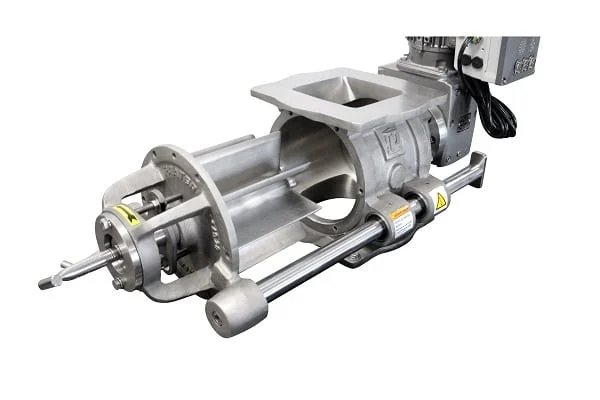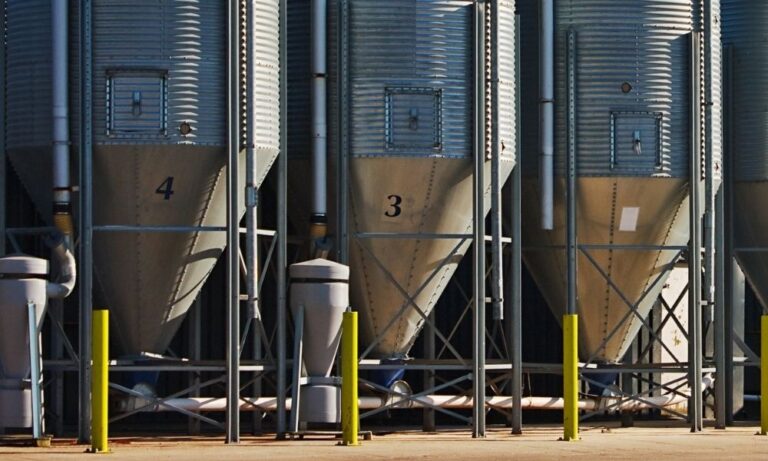Modern industrial operations rely heavily on efficient material handling systems to maintain seamless production processes. From pneumatic conveying to gravity flow systems, each component plays a vital role in smooth operations. At the heart of these systems lies the rotary airlock valve, a critical device that maintains pressure differentials while enabling controlled material flow.
Pressure control mechanics
The primary function of a rotary airlock valve centres on maintaining precise pressure control between different system sections. This mechanical device operates through a rotating mechanism that allows materials to move downstream while preventing air or gas backflow. The innovative design ensures optimal system efficiency and prevents material wastage during transfer operations.
System integration and operational benefits
Industrial facilities benefit significantly from integrated material handling solutions. The implementation helps streamline production processes, reduce manual intervention, and enhance overall operational efficiency. These systems prove particularly valuable in industries handling powders, granules, and other bulk materials.
Safety and containment advantages

Material containment remains crucial across various industrial applications. Advanced sealing mechanisms prevent material leakage and maintain workplace safety standards. The controlled material transfer also minimizes dust generation, creating a cleaner working environment for operational staff.
Energy conservation through efficient design
Modern industrial equipment emphasizes energy efficiency without compromising performance. The precision-engineered components ensure minimal power consumption while maintaining optimal material flow rates. This balance helps industries reduce operational costs while meeting production targets.
Process optimization and control
Manufacturing facilities require precise control over material transfer rates. The integration of rotary valve airlock technology enables accurate feed rate control, ensuring consistent product quality and reducing process variations. This level of control proves essential for maintaining product specifications and meeting quality standards.
Enhanced production capabilities
Industries constantly seek ways to improve their production capabilities and output quality. The implementation of reliable material handling components supports increased throughput rates while maintaining system stability. These advancements help facilities meet growing market demands without compromising operational efficiency.
Maintenance considerations and longevity
Regular maintenance practices ensure equipment longevity and reliable performance. Proper care includes periodic inspections, timely repairs, and scheduled component replacements. These practices help prevent unexpected downtimes and maintain consistent operation.
Key operational aspects
- Pressure differential management
- Material flow control
- System integration flexibility
- Energy consumption optimization
- Safety enhancement features
- Production rate control
- Maintenance accessibility
System design elements
- Rotor configuration options
- Seal design variations
- Drive system selection
- Material compatibility
- Size specifications
- Installation requirements
- Control interface options
Performance optimization
- Operational speed control
- Material feed consistency
- System pressure monitoring
- Temperature management
- Wear prevention measures
- Efficiency tracking
- Output quality control
Economic impact assessment
Industries benefit from reduced operational costs through efficient material handling systems. The initial investment in quality equipment translates to long-term savings through reduced material waste, lower energy consumption, and decreased maintenance requirements.
Implementation guidelines
Successful system integration requires careful planning and proper implementation. Key considerations include:
- System sizing requirements
- Material characteristics
- Flow rate specifications
- Environmental conditions
- Maintenance access
- Control system integration
- Safety requirements
Operator training fundamentals
Proper equipment operation ensures optimal performance and longevity. Training programs should cover:
- Basic operational procedures
- Safety protocols
- Maintenance requirements
- Troubleshooting methods
- Emergency procedures
- Performance monitoring
- System optimization
Maintaining consistent product quality requires proper equipment operation and monitoring. Regular system checks help ensure optimal performance and identify potential issues before they impact production quality. Implementation and maintenance, facilities can achieve optimal operational efficiencies and maintain high quality and safety standards.


